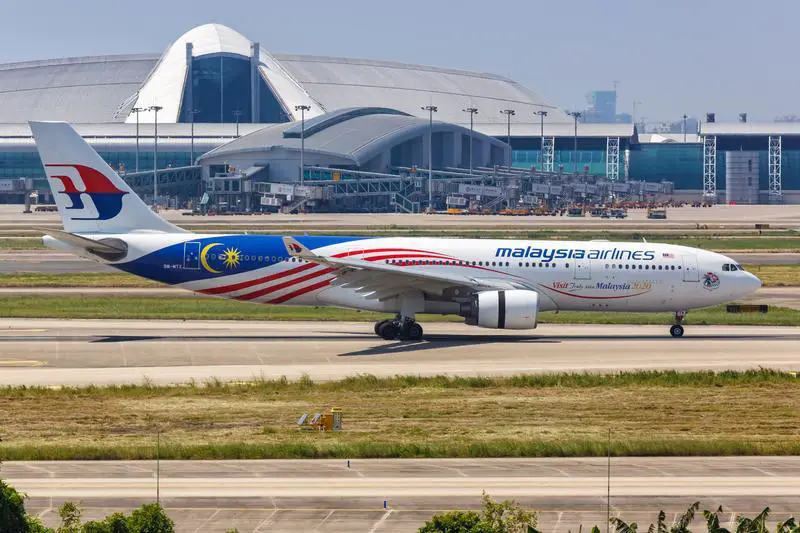A decade after the vanishing of Malaysia Airlines Flight MH370, British aviation expert Simon Hardy proposes a theory that the aircraft’s pilot deliberately led the plane to its final plunge into an obscure ocean trench.
The Boeing 777, with 239 passengers and crew on board, disappeared on March 8, 2014, during its journey from Kuala Lumpur to Beijing. This event has become one of the most perplexing incidents in aviation history.
Hardy, who provided consultation during the official search for the aircraft but was not officially part of the Australian Transport Safety Bureau’s investigative team, used advanced flight simulators to study the jet’s trajectory. He believes that Captain Zaharie Ahmad Shah, 53, steered the plane off course, flying it for an extra seven hours to a remote part of the southern Indian Ocean.
Hardy’s theory is that Shah’s actions were a calculated act of mass murder-suicide, intending to submerge the aircraft in the Geelvinck Fracture Zone—a large and deep ocean trench known for its seismic activity.
Hardy’s hypothesis is grounded on several key observations such as Shah’s specific requests for additional fuel, and oxygen for the cockpit, but not for the cabin. This would have enabled him to fly unnoticed for a lengthy period, during which passengers and crew would fall unconscious due to lack of oxygen before the plane ultimately plunged into the ocean. The limited debris found over the years, which could suggest the plane was submerged and possibly buried over time by the trench’s seismic activities, further supports his theory.
Adding to the complexity, Hardy noted that the aircraft’s flaps were deployed downwards, indicative of a controlled water landing by someone with thorough knowledge of the aircraft’s operations. This, along with the lack of significant debris and the peculiar “handshakes” or satellite communications from the plane, is consistent with Hardy’s belief that the plane was purposely concealed in one of the most unreachable places on Earth.
Despite the comprehensive search efforts that ended in 2017, the primary wreckage of MH370 has not been found, leaving numerous questions unanswered. Hardy’s theory, while yet to be proven, paints a chilling potential scenario of the fate of the aircraft and its passengers. It emphasizes the extreme measures the alleged pilot could have taken to ensure the plane’s disappearance remained a mystery.
The search for MH370 varied based on different theories over the years, with Australian authorities and international teams scanning vast areas of the ocean floor. The shift in search efforts to regions like the one Hardy identified illustrates the ongoing dedication to unraveling this mystery despite varying hypotheses about the aircraft’s final moments.
The disappearance of MH370 has led to significant modifications in aviation safety measures, including improved tracking and communication systems for aircraft traversing open oceans.
The saga of Flight MH370 continues to intrigue and linger in the minds of the global community.


